Swiss KOF Economic Barometer dropped from 90.5 to 86.5 in August, below expectation of 88.6. KOF said the reading is “quite considerably below its long-term average”. Accordingly, “for the near future the outlook for the Swiss economy appears less than encouraging.”
KOF added: ” The decline is primarily due to indicators broadly associated with private consumption, but the manufacturing sector and the construction industry are emitting negative signals, too. The other indicators included in the barometer show hardly any changes.”




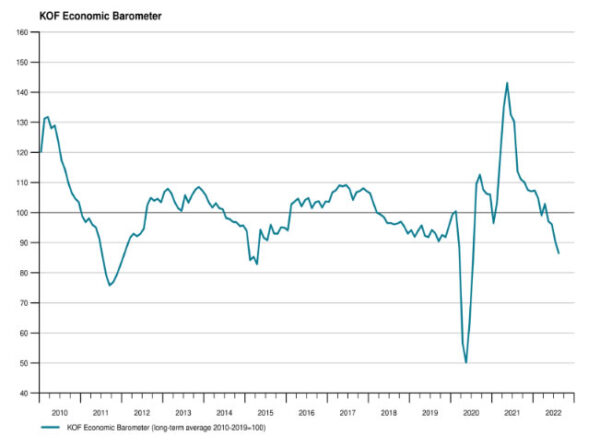
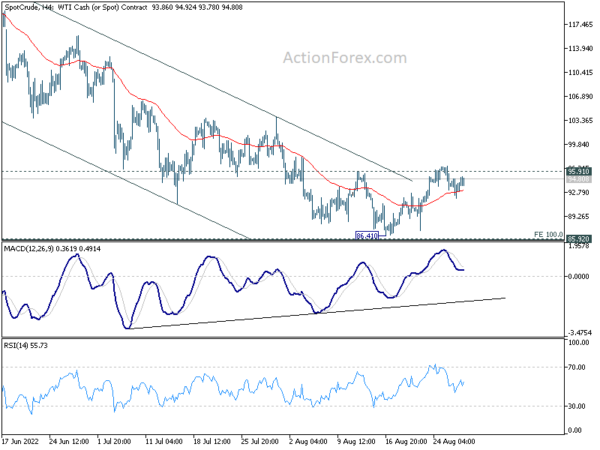
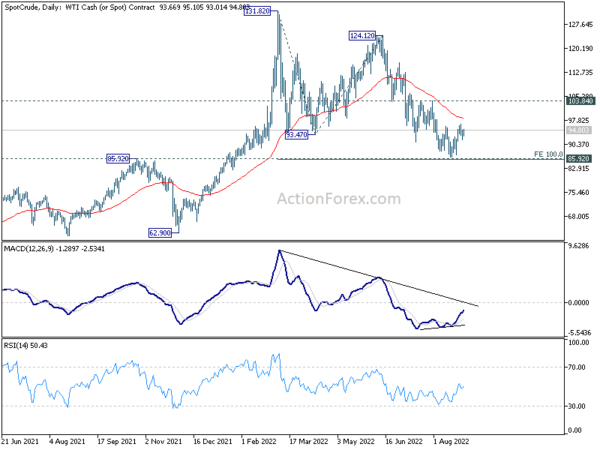
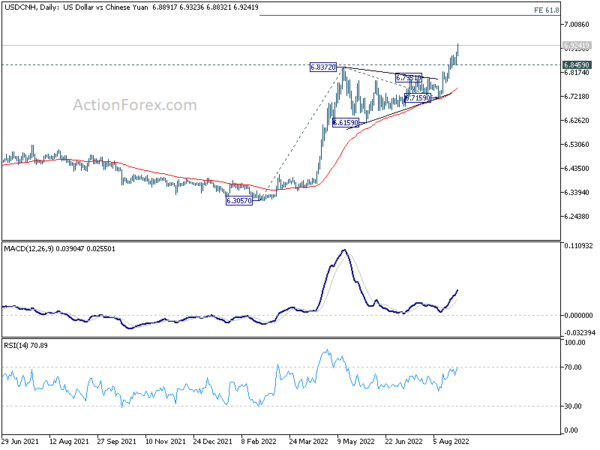
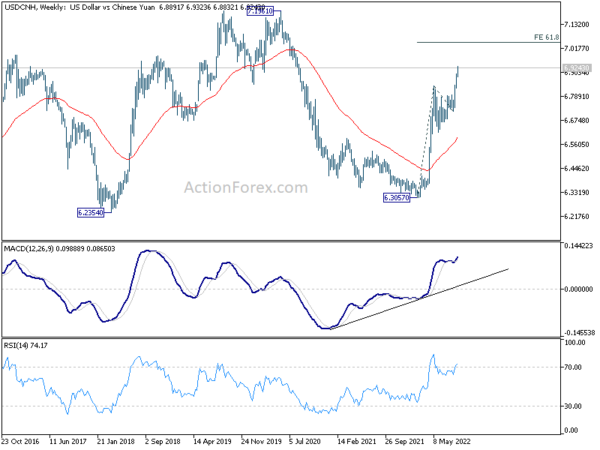
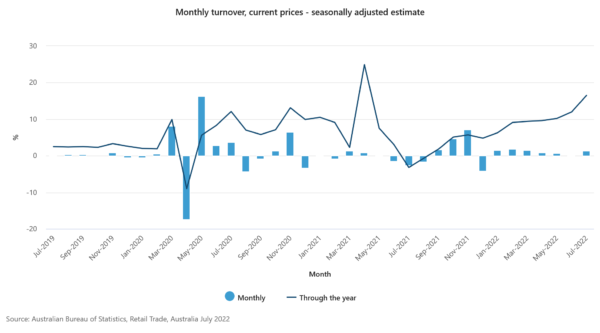
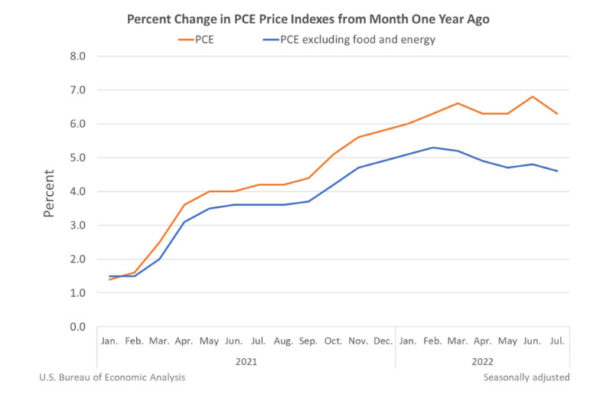
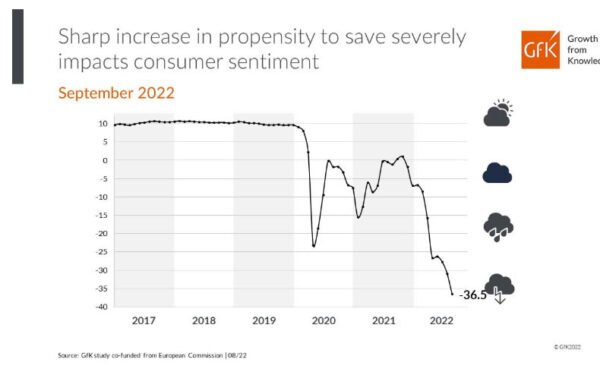
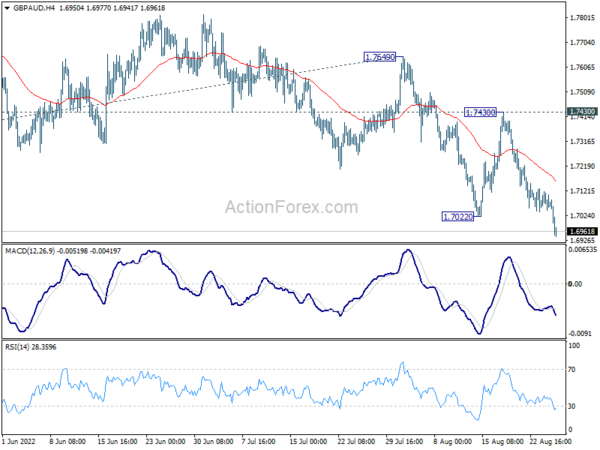
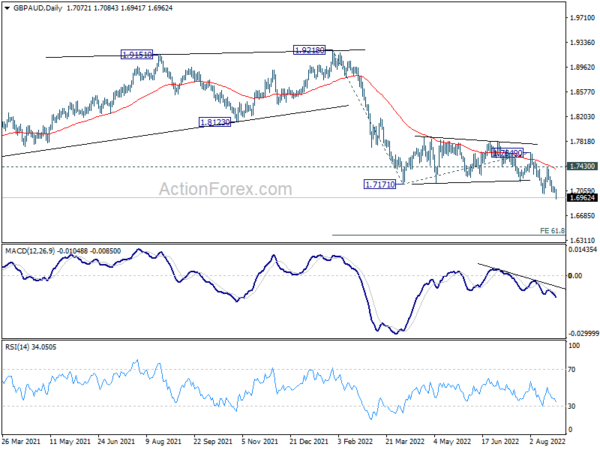
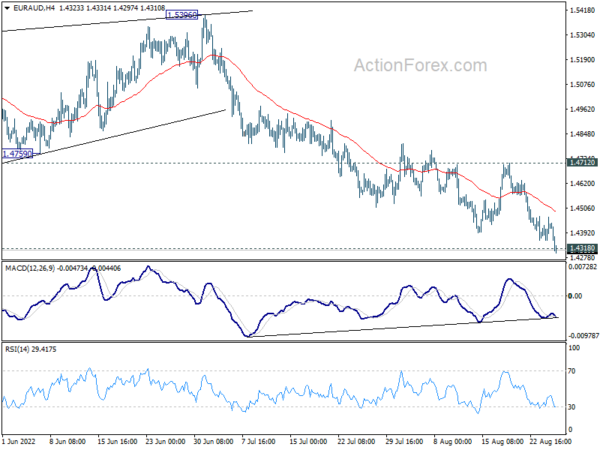
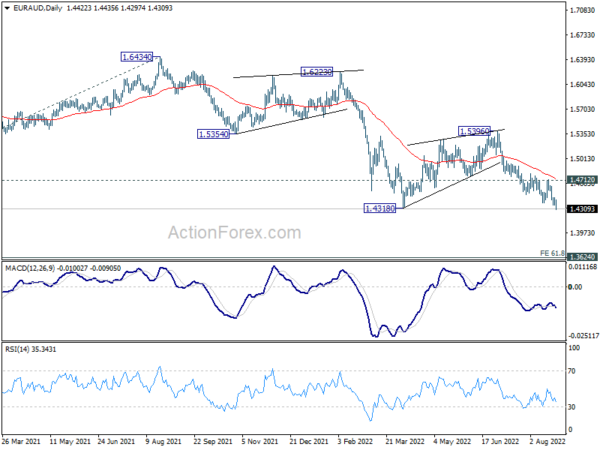
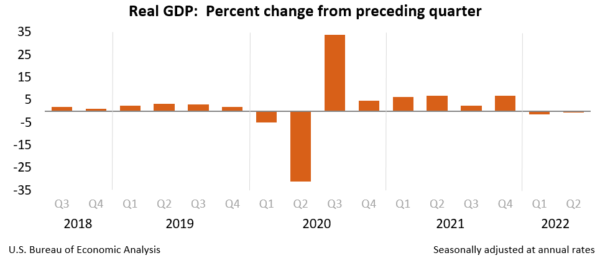
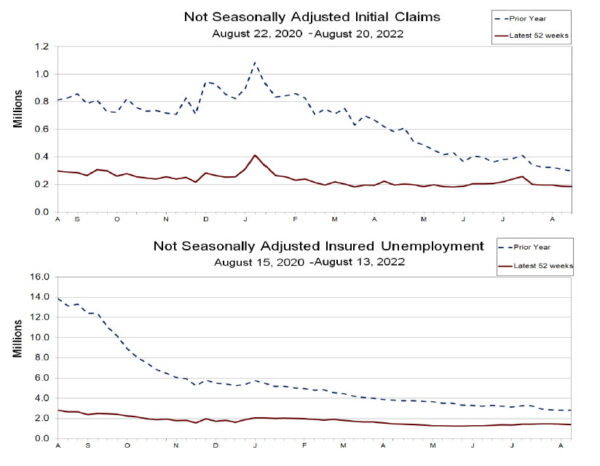

Eurozone economic sentiment dropped to 97.6 in Aug
Eurozone Economic Sentiment Indicator dropped from 98.9 to 97.6 in August, well below expectation of 102.0. Employment Expectation Indicator rose from 107.2 to 108.0. Industry confidence dropped from 3.4 to 1.2. Services confidence dropped from 10.4 to 8.7. Consumer confidence improved from -27.0 to -24.9. Retail trade confidence rose from -7.1 to -6.3.
EU Economic Sentiment Indicator dropped from 97.5 to 96.5. Amongst the largest EU economies, the ESI plummeted in the Netherlands (-4.8) and posted significant declines in Germany (-2.5), France and Poland (both -1.8), as well as Italy (-1.2). Spain stood out with a mild increase (+0.8).
Full release here.